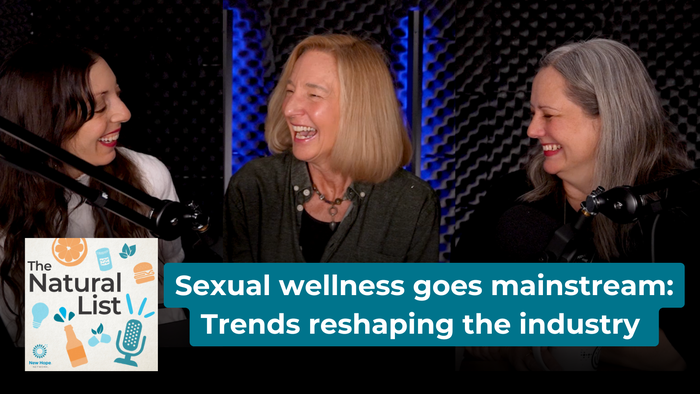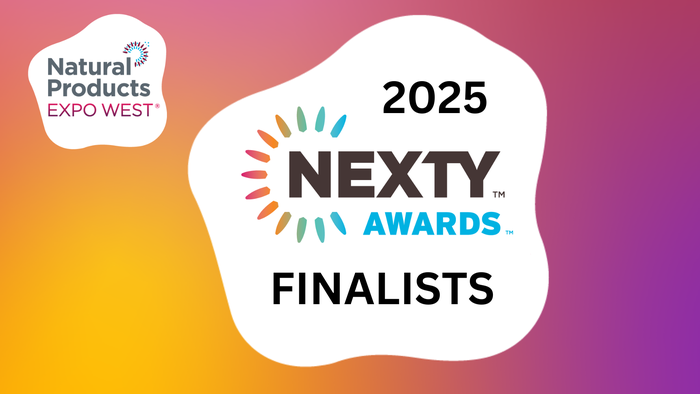5 things to know about USDA Secretary Vilsack's future food plans
During Forbes' Future of Food Summit, Sec. Tom Vilsack discussed plans to make farming profitable, promote innovation and mitigate climate change.

Can we ever talk too much about food?
We don't need to rehash what we ate yesterday or simmer with excitement over our weekend dinner plans, though. We need to discuss the food system: how food gets from the soil to our supper tables.
For the past 16 months, the COVID-19 pandemic has shined a light on the problems with that system—far too many to list here. On June 30, Forbes and Thrive by SVG Ventures virtually hosted the Future of Food, at which farmers, CEOs, investors, and supply chain experts discussed different aspects of the food system as well as their expectations for improving it.
Tom Vilsack, secretary of the U.S. Department of Agriculture, spoke with SVG Venture founder and CEO John Hartnett about his vision of agriculture policy. We chose five topics to share with you. Vilsack's comments have been edited for length and clarity.
What are your priorities for the food system?
Tom Vilsack: We have to shift from focusing primarily on production to profitability as well. That means more new and better markets.
We found during COVID that it didn't take much to disrupt our system, in part because were so concentrated. I think we're going to begin to see a balance between concentration and efficiency with resiliency.
What's your plan to supercharge innovation and drive adoption of technology in the fields and farms?
TV: We have to take a look at ways in which innovation can make a difference, so that eventually we reach President Biden's vision of a net zero-emission agriculture:
Broaden the scope of innovation with a climate-smart focus.
Invest adequately in research.
Streamline the decision-making process so we spend less time focusing on the regulatory side without sacrificing safety.
Rural connectivity is critical to enable smart farming. What's your plan?
TV: President Biden's American Jobs plan and the bipartisan infrastructure plan contain resources to connect people. Not just providing broadband, but having the upload and download times that make sense. It will require tens of billions of dollars because the private sector is not going to connect that remote community.
It's going to have to be the public sector doing this, just as we electrified rural America.
It's going to be important and necessary for us to make sure that we strengthen our cybersecurity systems so there isn't the easy ability to work into a system to cause the kind of disruption we recently saw with JBS.
What practices do you want farmers adopting to address climate change and what incentives will the USDA offer?
TV: There are 45 different climate-smart practices that we've identified. We want to use our conservation programs to provide resources for cover crops, for rotational grazing, for reforestation, for a variety of things we know make a difference in terms of climate-smart agriculture.
We also want to use our rural development resources to provide assistance with anaerobic digesters. We want to work collaboratively with other departments of the federal government to create new opportunities. There's an exciting opportunity in the area of aviation biofuel, for example. There are a variety of ways in which we can provide help and assistance.
The Biden administration has put tremendous focus on solving the climate crisis. Innovation is key to that success. What can this administration do to work toward accepting innovation and agriculture to help us solve the climate challenge?
TV: There is no one single answer in this space. We really do need a comprehensive approach. We need a value-added approach. We need an opportunity for organic production, for regenerative agriculture to find a place.
We need to recognize and appreciate that if we're going to be serious about water, for example, we have to figure out how crops can be designed in a way that they will use less water. If we're serious about greenhouse gas emissions, we have to figure out how to engineer our crops so that they absorb more carbon, they put more of the carbon in the nutrients they're producing, and that they are able to filter carbon into root system.
About the Author
You May Also Like





